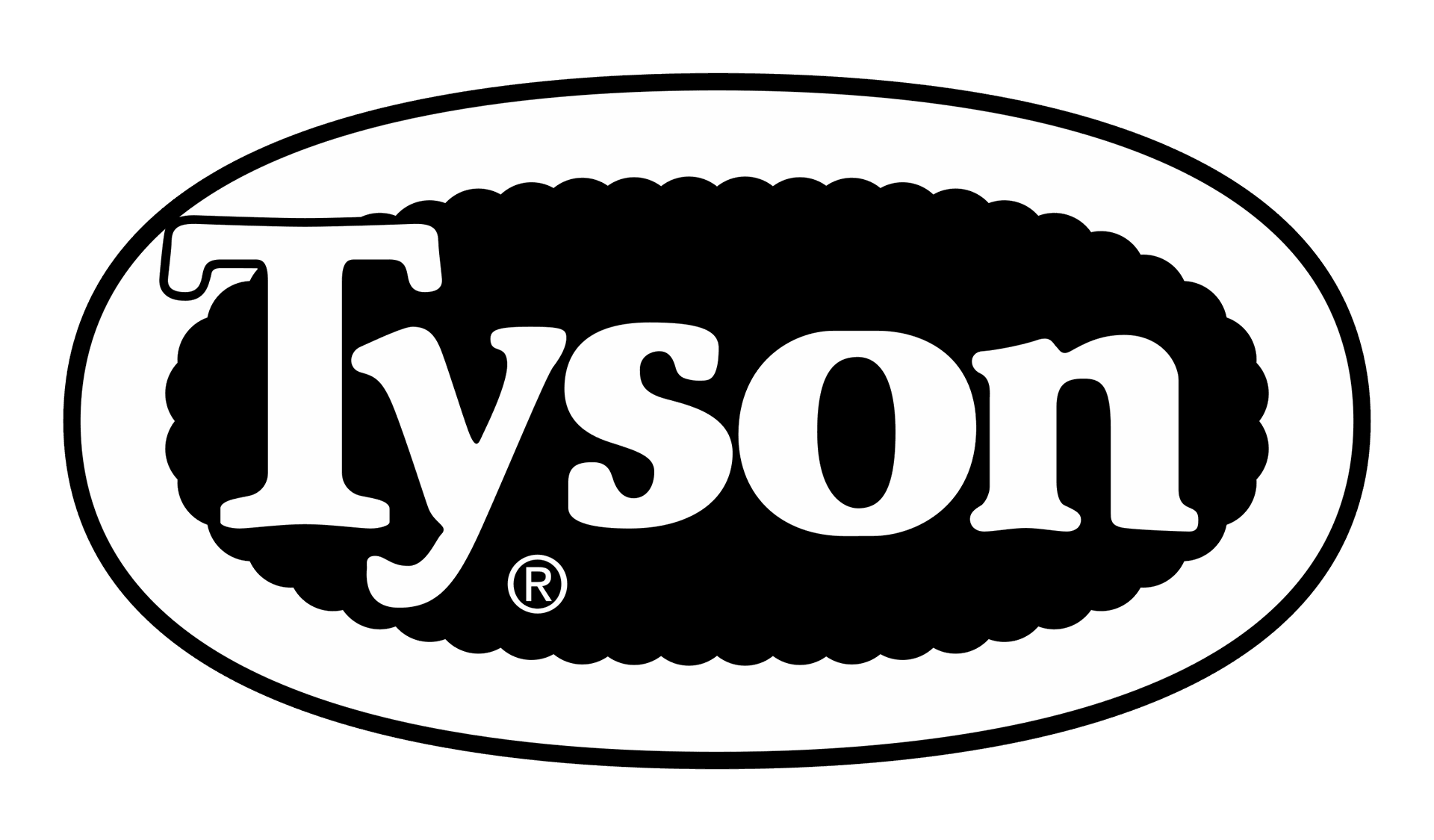Browse Our Educational Resources

Take an in-depth look at characteristics, applications, risks and hazards for Peracetic Acid (PAA), Hydrogen Peroxide (H₂O₂) and Ethylene Oxide (EtO).
Review helpful studies and references along with validation reports to ensure the high quality of ChemDAQ products.
Free Safety Consultation
Need help deciding if chemical vapor monitoring is right for your facility? Our team of safety experts offers free safety consultations to evaluate your environment and provide suggestions based on gas type, proximity to the potential hazard, available configurations, and more.

Leading Brands Choose ChemDAQ







